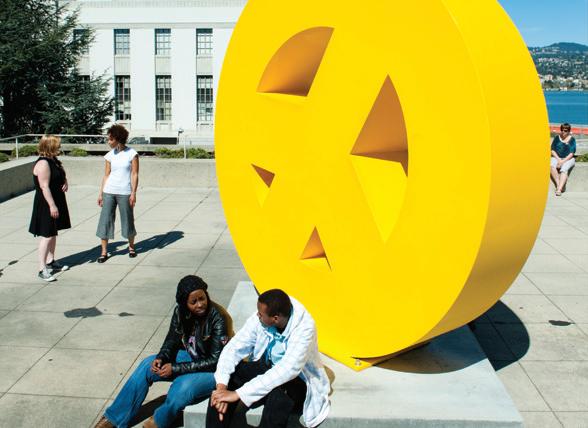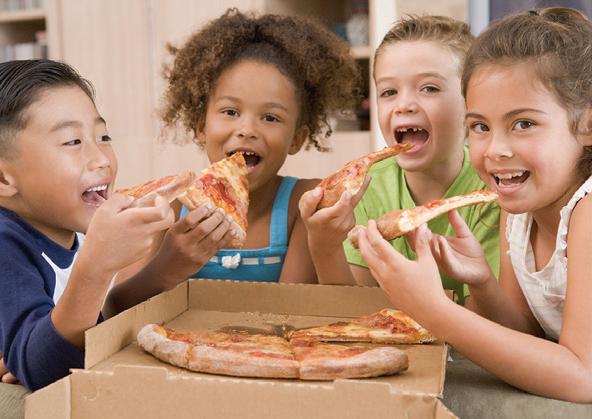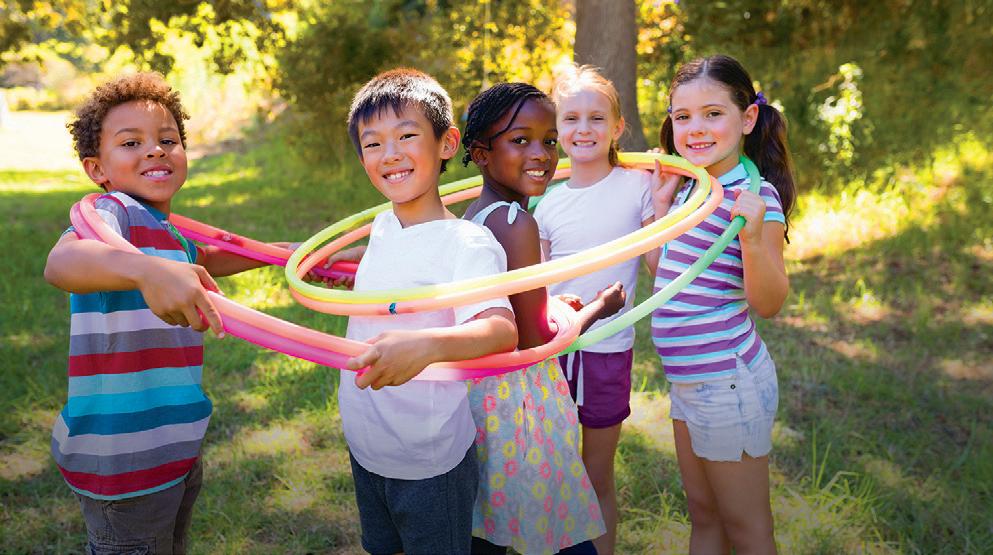
5 minute read
Good to Know
Get Ready to Spring Forward on March 13th!

Advertisement
Parents Press

BEST OF 2022 2022
VOTE NOW

Vote for your Favorites!

Our 2022 Best of Awards ballot is here,
and we need your input! Each year, we poll our readers for their top picks of places to shop, dine and play – everything from preschools and schools to kids’ classes, camps, museums and attractions. Head online to www.ParentsPress.com to vote for your favorites today. We’ll publish the winners in our annual Best of the Best publication this summer. Plus, you’ll be automatically entered to win a $100 Visa gift certificate.

Did Your Pet’s Name Make the List?
If you are a frequent visitor to the areas dog parks you will not be surprised to see the most popular dog names of 2021. Pet medical insurance provider, Trupanion, surveyed its database of more than 650,000 insured pets for the most popular cat and dog names of 2021.
TOP 10
MOST POPULAR DOG NAMES
1. Bella 2. Luna 3. Charlie 4. Lucy 5. Max 6. Daisy 7. Bailey 8. Cooper 9. Molly 10.Lola
TOP 10
MOST POPULAR CAT NAMES
1. Luna 2. Milo 3. Oliver 4. Leo 5. Loki 6. Bella 7. Charlie 8. Willow 9. Lucy 10.Simba

2022 Camp & Summer Virtual Expo Series
No Summer Camp Fairs? No Problem!
Parents’ Press has redesigned the Summer Camp Fair into a Camp Expo Flip Book complete with information and video for over 75 camp and summer programs. Information in the flip book is sorted to fit your needs and is updated monthly. Register today to receive the next Camp Expo Flip Book on March 26. https://parentspress.com/summer-camp-fair.html

CAMP TRENDS

Camp has been an American tradition for more than 150 years. Some things at camp — forming friendships, having fun, practicing new skills, and summer learning gains — will never change. But what are the camp trends today? Who goes to camp?
The American Camp Association (ACA) estimates that there are 12,000 traditional, organized camps in the U.S. Each year more than 11.5 million children, youth, and adults attend camp. Today we see a wide range of ages participating in the camp experience: from children as young as three participating in day camp programs to senior adults, participating in family camps and senior camps.
What type of camps are more popular?
Traditional camps are still very popular — maybe more popular today than even a decade ago, as young people are very concerned about the environment, global awareness, mentorship, and getting along with one another. The camp community embraces those values.
There has also been a rise in the popularity of specialty camps, day camps, and family camps, as camps constantly adapt to meet changing needs of families. Many young people like to use the camp experience to sharpen a special skill or develop new ones. Even traditional camps are offering year-round camp experiences, as well as any number of specialty programs. This exciting diversification is an example of how the camp community is meeting the needs of today’s families.
What activities are popular?
The most popular activities at camps today are swimming, arts/crafts, challenge/ropes course, archery, and aquatic activities. In addition, ACA research shows 52 percent of day camps and 50 percent of resident camps offered one or more academic / science and technology programs. More than four in five ACA-accredited residential camps offer at least one environmental education program for campers.
Reprinted from www.ACAcamps.org by permission of the American Camp Association.
EXPLORE YOUR WORLD
Paper or plastic cups make great tools for curious young builders, scientists and mathematicians. Make structures by stacking the cups pyramid-style or arrange them on the floor to form geometric shapes and patterns. With imagination added in, they can provide hours of fun. To nurture little ones’ natural curiosity, have them make predictions, such as “sink or float?” or “magnetic or not magnetic?” Then test them out.
What Prepared Parents Bring to the Emergency Department
By Tracey Sutherland, cPNP, Trauma Nurse Practitioner
As a parent, an unexpected trip to the Emergency Department can be extremely stressful, unpredictable and even scary, but, being prepared can help keep your focus where it needs to be, on your child. No matter the nature of the emergency, being under acute stress can make simple tasks much more challenging.
So how can you prepare for the unexpected? Here are some items that you can prepare in advance, and have on-file, either a printed copy kept in your bag or electronically on your phone, to make your visit easier.
• Medication list
List all the medications that your child takes with the reason they are taking it along with correct dosages. This will help alleviate the stress of recall during the visit, while ensuring accurate history.
• Immunization list
This will help guide the providers toward what your child may be at risk for, if not fully immunized.
• Allergy list
List what the allergy is to as well as the type of
reaction that occurs. Besides medication allergies, also include food and environmental allergies as well.
• Prior medical history
List all diagnoses, surgeries and hospitalizations, as well as the reasons for each.
• Primary Care Provider
List phone numbers for the office as well as emergency after hour calls.
• Copy of Health Insurance
Cards.
Besides the information regarding care of your child, having a few of your child’s favorite and familiar items will help calm them during an uncertain visit. A favorite toy or lovey will help make treatment less frightening. Keeping a calm and even voice and explaining unfamiliar equipment and procedures will help reassure your child and help them feel safe amid the chaos that can sometimes occur in the middle of an emergency.
Having information on hand and a few familiar belongings from home will help make a stressful Emergency Department visit, a little more manageable.








